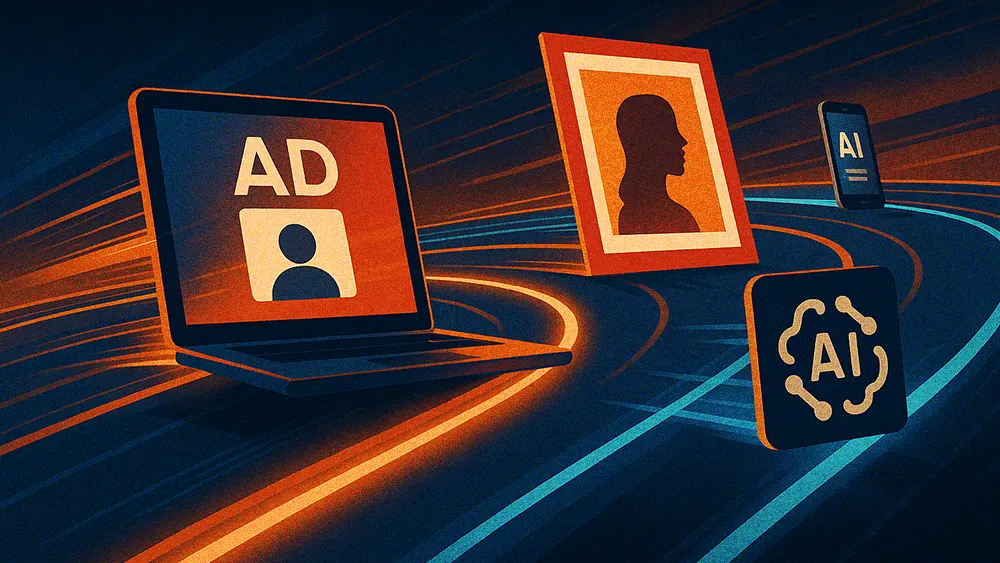


Generative AI puts advertising on a much faster clock, compressing production timelines from months to weeks or even days.
We spoke with Julio B. Soler, Creative Director and Founder of Media Et Al, who explains that the industry's classic workflow remains, but with AI accelerating each step.
Soler compares the current moment to the disruption caused by the RED camera, which democratized high-quality film production and enabled smaller agencies to compete.
While the technology risks a flood of low-quality "AI slop," he argues that it ultimately empowers skilled storytellers and is leading to the rise of hyper-agile "micro-agencies."
Advertising hasn’t changed its process, only its pace. The same creative rhythm that’s guided campaigns for decades still drives the work, but now it's running on overdrive. Storyboards appear in hours, productions wrap in days, and AI is quietly making deadlines feel obsolete.
Julio B. Soler, an award-winning Creative Director and GenAI filmmaker, has spent his career watching technology reshape creativity. As the Founder of creative agency Media Et Al, he doesn’t see the rise of AI as a rupture but as the moment the future finally caught up, a shift he’s been anticipating for years.
"The process of advertising hasn’t changed. It’s the same workflow I’ve followed my entire career, one that keeps evolving with new technology. What’s changed is the speed. Ideas that once took weeks to visualize and approve now come together in hours, sometimes even minutes," says Soler. For him, the revolution isn’t in changing the process but in supercharging it. The classic workflow still stands, only faster.
Lights, camera, algorithm: In VFX-heavy or abstract campaigns, AI now builds entire scenes that once took months and full crews to produce. "A traditional production used to take months. Just assembling the crew, setting up locations, and casting actors was a huge lift. Now, for campaigns that lean on complex visuals or effects, the same work can be done with AI in days or weeks. That's a tremendous advantage," Soler explains.
Déjà vu in 4K: Soler has seen this movie before. "About twelve years ago, the RED camera changed everything. Suddenly, small boutique agencies could produce 35-millimeter quality at a fraction of the cost and compete with the industry giants overnight," he recalls.
The micro-agency arrives: Today, AI is sparking the same kind of shake-up. "Now we’re seeing the rise of the micro-agency," Soler says. "Teams of just a few people can deliver the work of a full agency, powered by AI and freed from the old overhead."
The new ease of creation cuts both ways. It’s unleashed a wave of AI slop, but it’s also giving rise to a new generation of artists who truly understand the medium, building creative hubs from New York to LA. The difference still comes down to human creativity. "It’s not replacing artists," Soler explains. "It’s letting us collaborate in new ways and use the technology to create things that weren’t possible before."
AI magicians: "These tools make it so easy to produce something that looks polished, which is why there's so much content with no real story or structure," says Soler. The real winners are the ones who use the medium with intent. "The people who stand out are the storytellers, the ones who can turn even the glitches and artifacts into part of the narrative. That’s where the magic happens."
Soler urges creators to experiment, saying the best way to understand AI’s potential is by using it. Watching an idea come to life in minutes is an empowering reminder of what creative technology can do. At the same time, he admits the field is still too young for mastery. "Nobody’s an expert yet. Even those of us pioneering this are still learning and adapting." To him, that’s what makes the moment so thrilling. "What a time to be alive."